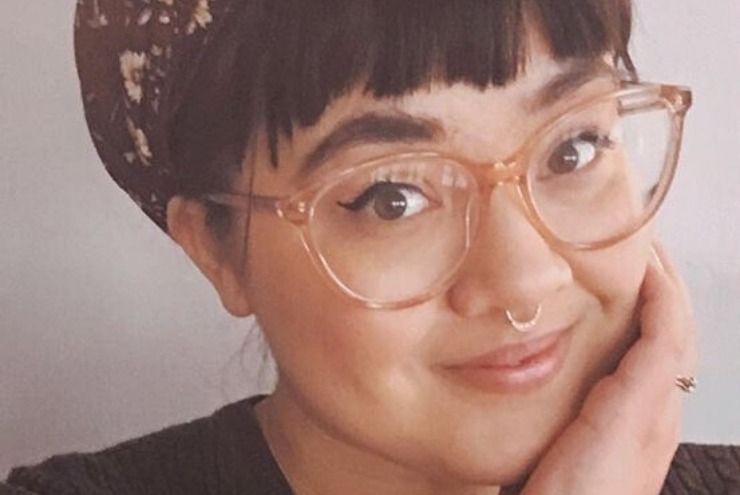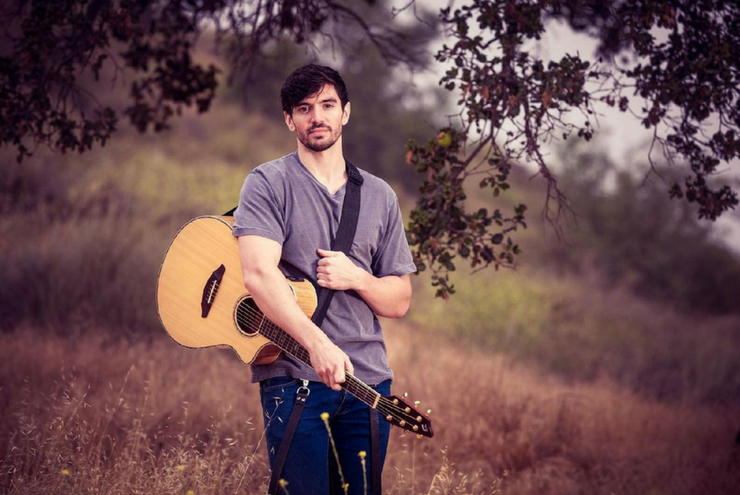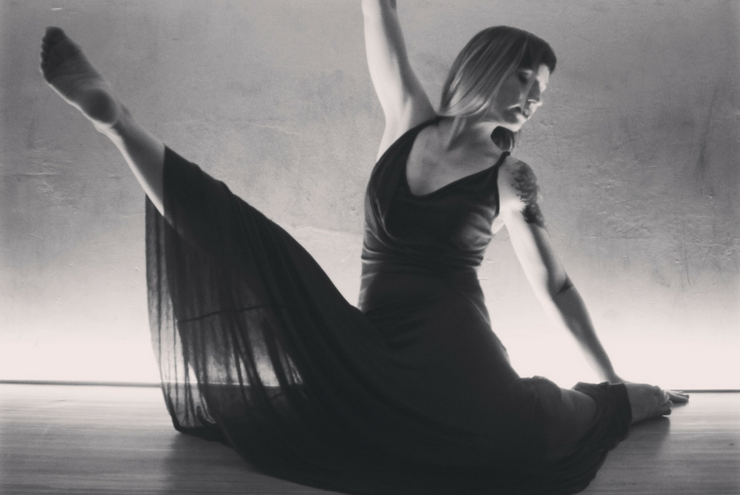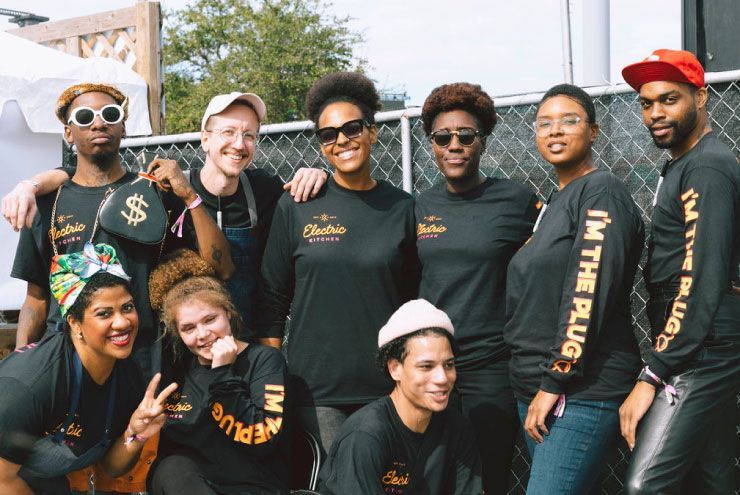By Dr. Laura McGuire
Last month, I began a journey to tell the stories of fellow LGBTQ people who follow the religious practice of hair covering—an exploration that was born from the need to find and connect with others who are both queer and called to outwardly express their deep-faith practice. I was overwhelmed with the response to my first article on Bailey Gammon, a young, disabled, queer Quaker who covers—numerous other queer folks across the faith spectrum reached out, wishing to share their stories of covering as well. Given that it’s no easy feat to balance being LGBTQ with devotion to organized religion, I knew I had to continue to show how others have navigated melding these identities.
One of the voices I heard from was Netta Ruth, a queer, Asian American, Jewish social work student living in the Midwest. As I spoke with Ruth more, she explained how, while hair covering is a practice of Judaism, it’s also a part of her personal feminist lens on covering and modesty. In Judaism, the concept of hair covering is found in the practice of tznius (modesty) and is considered a mitzvah (religious commandment that brings blessings). I found so many personal connections to her story and work, as I know many of you will as well.
Dr. Laura McGuire: Tell us a little bit about yourself and your identities as a queer person who covers.
Netta Ruth: I’m a queer Asian American woman from the Pacific Northwest, but relocated to the Midwest several years ago. I’m currently a graduate student of social work and a full-time crisis counselor.
What is your religious identity and how has it evolved throughout your life?
I identify as a post-denominational, progressive Jew. I was raised without any religion and converted via the Reform movement in college in 2016. Since then, I’ve continued to learn, explore, and evolve my practice and observance into what feels meaningful for me.

How did covering become part of your daily life?
I was actually inspired by the frum women of Instagram. I have always wanted to find ways to be visibly and authentically Jewish and had explored wearing a kippah, but it never felt right for me. Scarves felt more genuine for my own gender presentation; they are rooted in a feminine practice, and I am much more interested in exploring traditional feminine practices and how they fit into my life, rather than taking things usually done by men and trying to get them to fit for me. I fully support those who do prefer the latter, but I know that, for me, it has never felt right.
How have people reacted to your decision to cover?
I’ve truly been blessed in that I’ve had nothing but positive reception from those around me. Most people are curious and sometimes nervous to ask about it, but I always welcome well-meaning questions both in-person and online. I remember the first time that I went to a queer bar covered I was so nervous, but I actually got a random compliment from a stranger about “my look,” which really helped put me at ease in the space. Navigating new spaces and meeting people is anxiety provoking at times because I never know how they will react, but the worst that’s happened to me is some nasty stares in public, which are pretty easy to shrug off.
How does covering play into your faith practice? How do you see covering as a tool to enhance your spiritual journey?
Covering is a practice in mindfulness for me; I think about God every morning when I get dressed and wrap my hair. My scarf reminds me that others will perceive me differently, that I should be especially kind and patient in my words, as, even if it isn’t fair, I will be seen as a representative of my entire faith. Especially in the Midwest, I’m often the first Jewish person, at least publicly and vocally Jewish, that someone meets. That puts upon me an extra responsibility to represent myself well and put my best foot forward.
Many people might not realize that almost all major organized religions have a historical precedent around hair covering. What does Judaism say about this mitzvah?
Hair covering is mostly seen after a woman is married (though, in some communities, women and girls cover before marriage) and signifies her status. Her hair, thus her sensuality, becomes hidden from the public and is then only seen by her husband. However, there has been a recent movement in women covering for different religious purposes or even just to be visibly Jewish.
How have you reclaimed the concept of modesty through a feminist lens?
My concept of modesty, which I wrote about in an Instagram post that was pretty popular (for the scope of my page), is the phrase that “My tznius is for me.” Tznius allows me to feel in control of myself and protected. I’ve explained it to some people as “shielding me from the energy of cis straight men,” which I think is something a lot of womxn and femmes can relate to; men often overstep our boundaries and it’s exhausting. Dressing tznius allows me to feel in control of the gaze of others. My body and my energy are mine to share, in circumstances that I decide are safe and beneficial.
How does feminism and your faith connect to your commitment to shomer negiah?
Shomer negiah is a newer practice for me that organically grew out of tznius—tznius places an emotional, visible boundary around myself, while negiah is a physical one. It really is just a very concrete form of the classic feminist statement “my body, my choice.” Men have been at the forefront of my negative experiences around my body and emotions, negating my consent and placing me in uncomfortable positions. Negiah is a way for me to reclaim myself and very literally state that I am not available nor do I desire male attention.
What would you like others to know about being a person of faith and being LGBTQ?
While I acknowledge that religion can be a point of trauma and concern for many LGBTQ people, I believe that it is equally important for non-religious people to respect our spiritual paths and see how religion can be beneficial for some. Holding space for the lived experiences of others, and not letting our lens be colored by our own lives, is important to healthy relationships and community.
How can readers stay in touch with you?
You can follow me on Instagram @netta.ruth. I post a mix of daily life, which mostly revolves around Judaism (including my hair-covering journey), veganism, and consistent anti-oppression, roller skating, and art.







